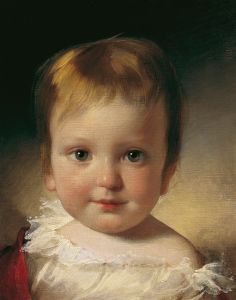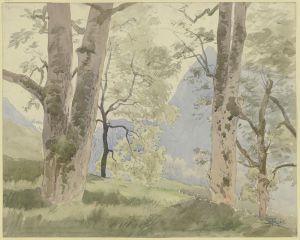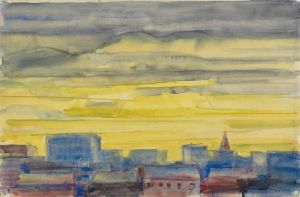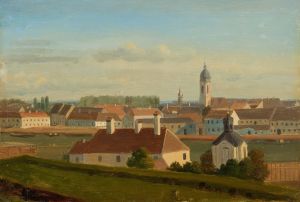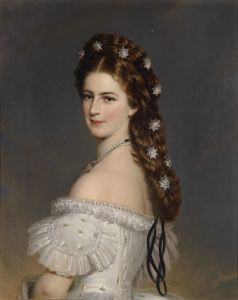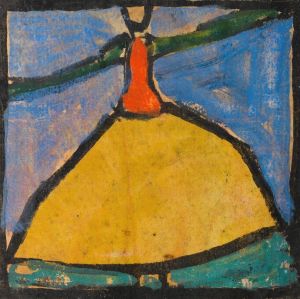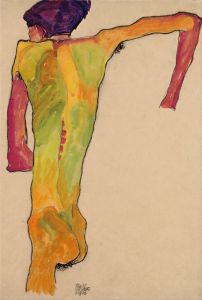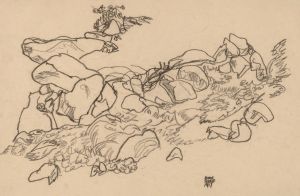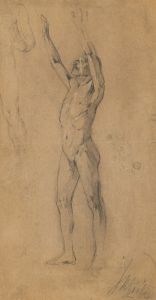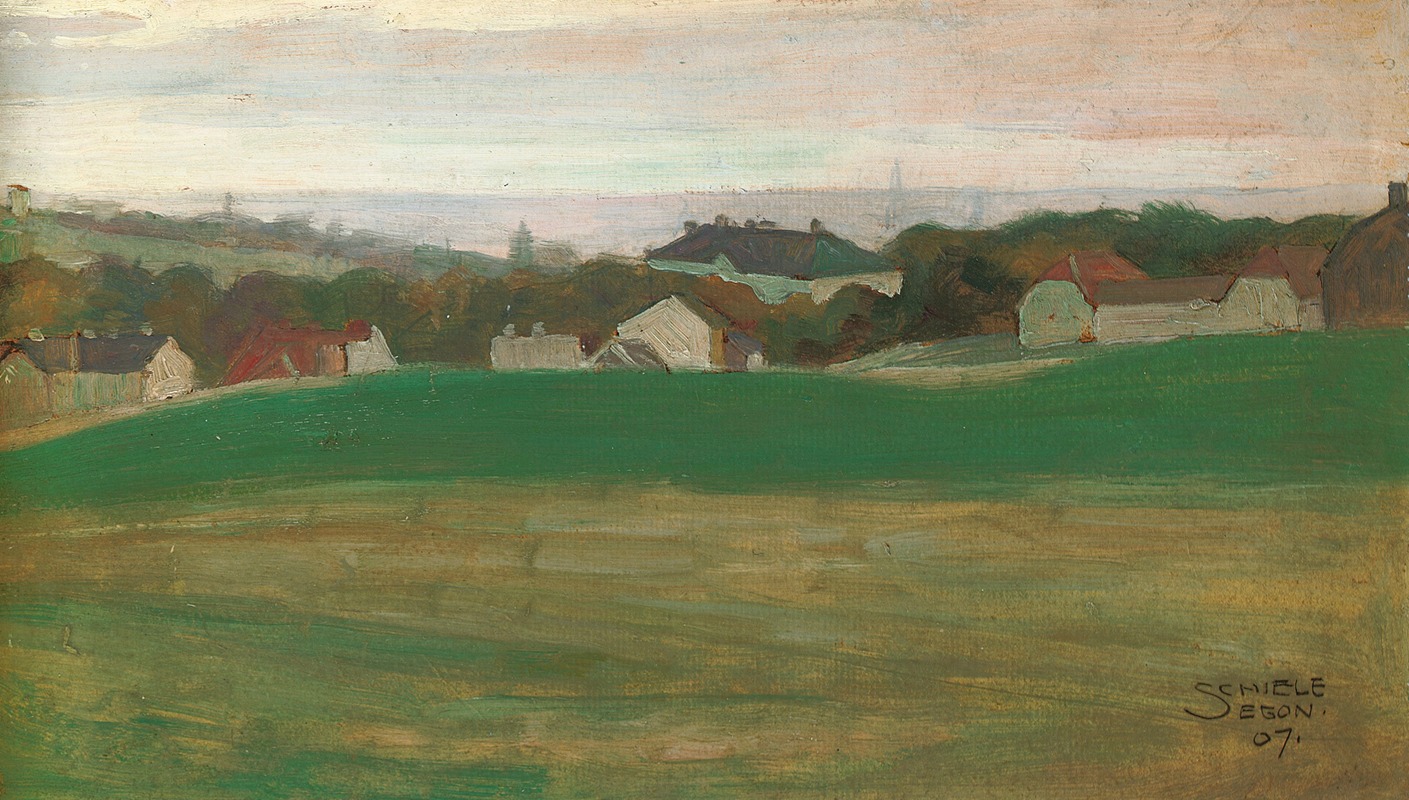
Wiese mit Dorf im Hintergrund II
A hand-painted replica of Egon Schiele’s masterpiece Wiese mit Dorf im Hintergrund II, meticulously crafted by professional artists to capture the true essence of the original. Each piece is created with museum-quality canvas and rare mineral pigments, carefully painted by experienced artists with delicate brushstrokes and rich, layered colors to perfectly recreate the texture of the original artwork. Unlike machine-printed reproductions, this hand-painted version brings the painting to life, infused with the artist’s emotions and skill in every stroke. Whether for personal collection or home decoration, it instantly elevates the artistic atmosphere of any space.
Egon Schiele, an Austrian painter known for his distinctive style and contribution to early 20th-century art, created the painting "Wiese mit Dorf im Hintergrund II" (Meadow with Village in the Background II) in 1911. This work is part of Schiele's exploration of landscapes, a genre he approached with the same intensity and emotional depth as his more famous figurative works.
Schiele was a protégé of Gustav Klimt and a significant figure in the Expressionist movement. His work is characterized by its raw emotional power, bold use of color, and often unsettling compositions. While Schiele is primarily known for his portraits and nudes, his landscapes reveal another dimension of his artistic vision, showcasing his ability to capture the essence of a place with the same psychological intensity he applied to his human subjects.
"Wiese mit Dorf im Hintergrund II" exemplifies Schiele's approach to landscape painting. The painting depicts a meadow with a village in the background, rendered in Schiele's signature style. The composition is marked by its dynamic use of color and form, with the landscape appearing almost abstract in its execution. Schiele's landscapes often feature a flattened perspective and a focus on the interplay of shapes and colors, rather than a realistic depiction of the scene.
In this painting, Schiele employs a vibrant palette, with greens, yellows, and browns dominating the foreground, while the village in the background is suggested through a series of geometric shapes and muted tones. The sky, often a significant element in Schiele's landscapes, is depicted with swirling patterns and a sense of movement, adding to the overall emotional impact of the piece.
Schiele's landscapes, including "Wiese mit Dorf im Hintergrund II," reflect his interest in the natural world and his ability to convey a sense of place that is both specific and universal. His landscapes are not mere representations of nature but are imbued with a sense of the artist's inner world, reflecting his emotional response to the environment.
The year 1911, when Schiele painted "Wiese mit Dorf im Hintergrund II," was a significant period in his career. It was during this time that he began to gain recognition for his work, and his style became more defined. This painting, like many of his landscapes, demonstrates his departure from traditional landscape painting and his move towards a more expressionistic approach.
Schiele's landscapes are less well-known than his figurative works, but they are an essential part of his oeuvre, offering insight into his artistic development and his unique perspective on the world around him. "Wiese mit Dorf im Hintergrund II" is a testament to Schiele's innovative approach to art and his ability to capture the essence of a scene with emotional depth and artistic skill.
Today, Egon Schiele is celebrated as one of the leading figures of Austrian Expressionism, and his works continue to be studied and admired for their boldness and emotional intensity. "Wiese mit Dorf im Hintergrund II" remains an important example of his landscape work, illustrating his distinctive style and his contribution to the art of the early 20th century.





